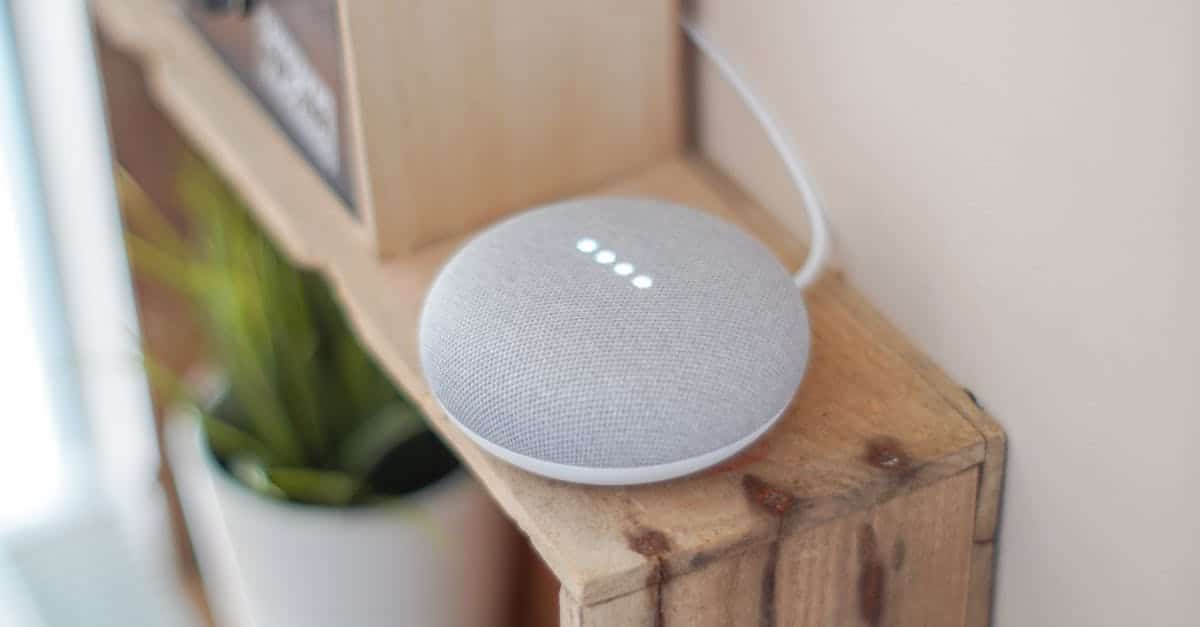The Internet of Things (IoT) represents a network of interconnected physical objects that communicate with each other through advanced technologies. Using sensors and software, these smart devices collect and exchange data in real-time, facilitating a smooth and automated interaction. The IoT encompasses a wide range of devices, from home automation with everyday objects to complex machinery used in the industrial sector, leading to a significant transformation of practices across various fields.
The Internet of Things, commonly referred to as IoT (for Internet of Things in English), refers to an ecosystem of connected devices that can interact with each other over the Internet. These devices, often equipped with sensors, software, and other technologies, are capable of collecting, exchanging, and analyzing data without direct human intervention.
Each object that makes up the IoT can be a household device such as a thermostat, a smart bulb, or a refrigerator, but also industrial equipment such as production machines or logistics tools. This interconnectivity allows for the creation of a dynamic network where devices can communicate in real-time, share valuable information, and optimize their functioning.
The operation of the IoT relies on advanced technologies that enable objects to connect to wireless networks. Among the main technologies used are Wi-Fi, Bluetooth, Zigbee, and cellular networks. These communication protocols facilitate the exchange of data between devices, thus allowing for effective coordination among the various elements of a system.
Sensors play a central role in the IoT by monitoring the environment or tracking the status of an object. For example, in the healthcare sector, biometric sensors can monitor a patient’s vital signs. The collected data is then processed by software capable of analyzing this information to make informed decisions or trigger automated actions.
An interesting concept associated with the IoT is the digital twin, which involves creating a virtual replica of a physical object. This digital representation allows for simulating, analyzing, and optimizing the performance of the object in a virtual environment. This offers opportunities for innovation in business, as modifications can be tested before implementation.
The IoT has multiple and varied applications. In the industrial sector, for example, it enables predictive maintenance, where machines are monitored in real-time to prevent breakdowns. In the healthcare sector, connected devices, such as smartwatches, allow for continuous tracking of physical activities and health monitoring of users.
In retail, it helps optimize inventory management and personalizes the customer experience through behavioral data analysis. Thus, the IoT not only improves the operational efficiency of businesses but can also lead to a reduction in operational costs through process automation.
However, the rise of the IoT is not without challenges. Data security is one of the major concerns, as the interconnection of devices can make them vulnerable to cyberattacks. Ensuring privacy protection and data management becomes essential to maintain user trust and comply with current regulations.
Finally, interoperability of IoT devices remains another crucial challenge. With a multitude of manufacturers and technologies, ensuring seamless communication between devices is complex. The lack of universal standards can limit the IoT’s potential to provide integrated and effective solutions, making the development of common protocols even more necessary.








